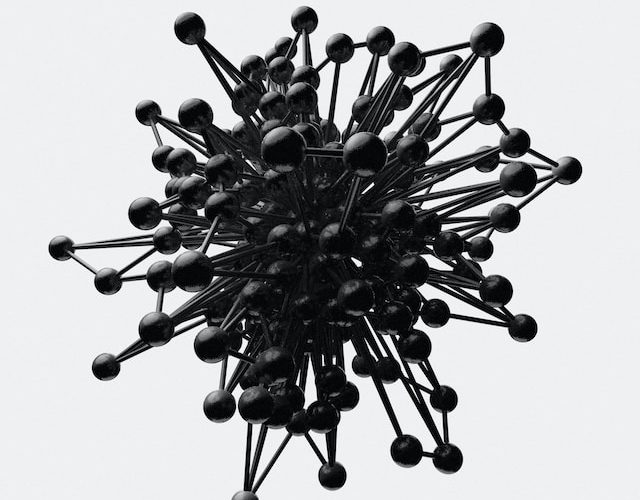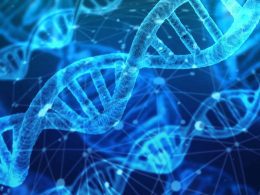Introduction:
Graphene, a single layer of carbon atoms arranged in a two-dimensional honeycomb lattice, has captured the attention of scientists and researchers worldwide since its discovery. This remarkable material possesses unique electronic properties that have revolutionized the field of condensed matter physics. In this article, we delve into the captivating world of many-particle electron states in graphene, shedding light on the fascinating phenomena that occur at the nanoscale.
Understanding Many-Particle Electron States:
1. Emergence of Collective Behavior:
At the heart of many-particle electron states in graphene lies the emergence of collective behavior, where the interactions between individual electrons give rise to novel phenomena. These interactions can lead to the formation of excitons, plasmons, and other collective excitations that have distinct properties from those of individual electrons.
2. Quantum Hall Effect:
One of the most intriguing manifestations of many-particle electron states in graphene is the quantum Hall effect. When subjected to a strong magnetic field, graphene exhibits a series of quantized Hall conductivity, revealing the presence of exotic quantum states. These states arise due to the intricate interplay between the electron-electron interactions, the magnetic field, and the underlying lattice structure.
Probing Many-Particle Electron States:
1. Scanning Tunneling Microscopy:
Scanning tunneling microscopy (STM) allows researchers to visualize and manipulate individual atoms and electron states with unprecedented precision. By employing STM techniques, scientists have observed the spatial distribution of charge density in graphene, providing valuable insights into the behavior of many-particle electron states.
2. Spectroscopic Techniques:
Spectroscopic techniques, such as angle-resolved photoemission spectroscopy (ARPES), provide information about the energy and momentum of electrons in graphene. By studying the electronic band structure and Fermi surface of graphene, researchers can uncover the signatures of many-particle states and their influence on the material’s properties.
Applications and Future Directions:
1. Quantum Computing:
The intricate interplay between many-particle electron states and graphene’s unique properties holds promise for applications in quantum computing. Graphene-based quantum devices could exploit the quantum coherence and entanglement of many-particle states to enable faster and more efficient computation.
2. Energy Harvesting and Electronics:
Understanding many-particle electron states in graphene opens doors to novel energy harvesting techniques and high-speed electronics. The efficient transport of electrons in graphene, coupled with the interactions between particles, could pave the way for advancements in energy conversion and storage, as well as the development of faster and more efficient electronic devices.
Opinion: Unveiling the Mysteries of Many-Particle Electron States:
Exploring the intricate world of many-particle electron states in graphene not only expands our fundamental understanding of condensed matter physics but also unlocks a realm of potential technological advancements. As researchers continue to investigate and manipulate these states, we may witness breakthroughs in quantum computing, energy harvesting, and electronics, shaping the future of various industries.
Conclusion:
The study of many-particle electron states in graphene has unveiled a captivating world of collective behavior and quantum phenomena. Through advanced techniques such as scanning tunneling microscopy and spectroscopy, scientists are unraveling the intricacies of electron-electron interactions and their impact on graphene’s electronic properties. As we delve deeper into this fascinating field, we hold the potential to harness the unique characteristics of many-particle electron states for quantum computing, energy harvesting, and electronics, propelling us into a new era of technological innovation.












